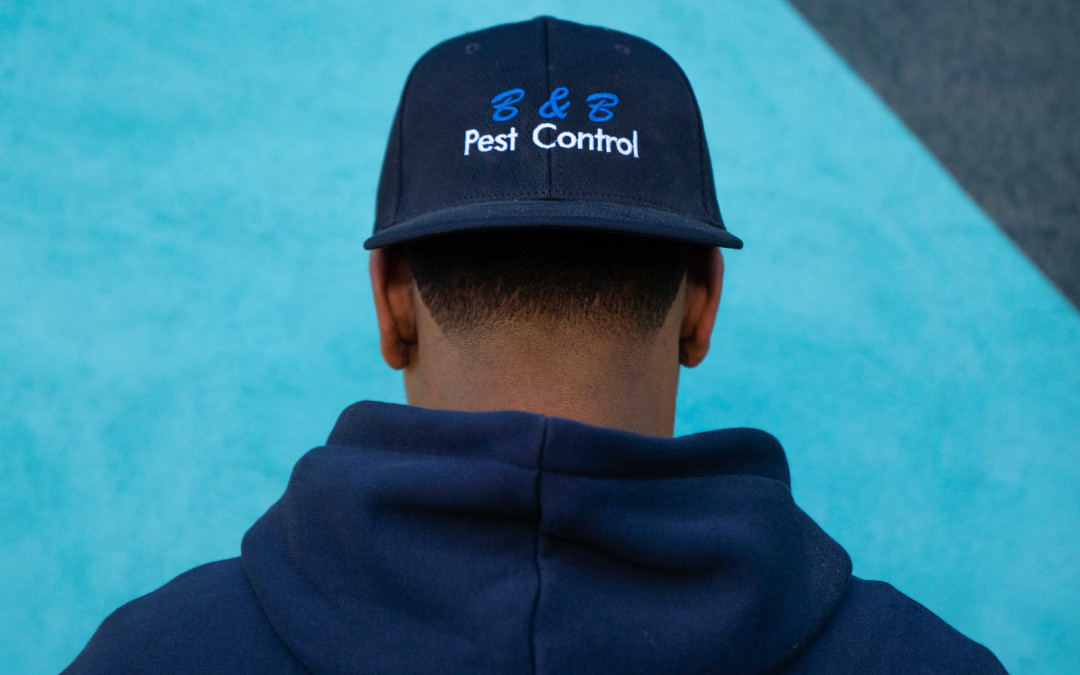Here in the United States, it is not necessarily uncommon for insect infestations to take form within public and private schools. The majority of school infestations in America can be blamed on bed bugs. Although bed bugs are certainly annoying, their bites painful and eradicating them can be costly, not to mention time consuming, experts agree that the bloodsucking insects cannot spread disease, and therefore, do not pose a significant threat to public health. Considering these facts, there could be worse bugs infesting US schools. Unfortunately, a few thousand miles off the US coast on the island nation of Trinidad and Tobago, students, teachers and staff at a public school have been terrorized by unknown airborne insects ever since 2015, and these insects seem to be far worse than bed bugs.
After several students and teachers were sent to the hospital in order to receive treatments in response to the latest mysterious insect attack, teachers refused to return to Montrose Vedic School. Consequently, the school has temporarily shut down after only two weeks into the school term, and classes will not resume until a new building can be secured. For quite some time now, parents have taken their children to health clinics in order to have their insect bites examined by doctors. The children’s injuries appear to be allergic reactions that leave behind red bumps on their limbs and face. The president of the Parent Teachers Association claims that these attacks have occurred several times over the past three years, but there was little anyone could do about it since the school could not relocate due to a lack available buildings. Even worse, the insect culprits behind the attacks have not even been identified yet, but this is not due to a lack of trying. Even officials with the country’s Education Ministry have failed to identify the insects, and the Occupational Safety and Health Authority conducted every sort of pest control service possible within the school, including insecticide treatments and bait-trap installations. Despite these efforts, the insects keep coming back to wreak more havoc and cause more injuries, and experts are no closer to identifying the insect attackers than they were back in 2015 when the attacks started.
Do you have a theory concerning the identity of the insect culprits described above? Do you believe that the insect culprits are native to the Caribbean region where the school is located?

